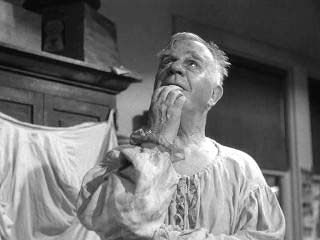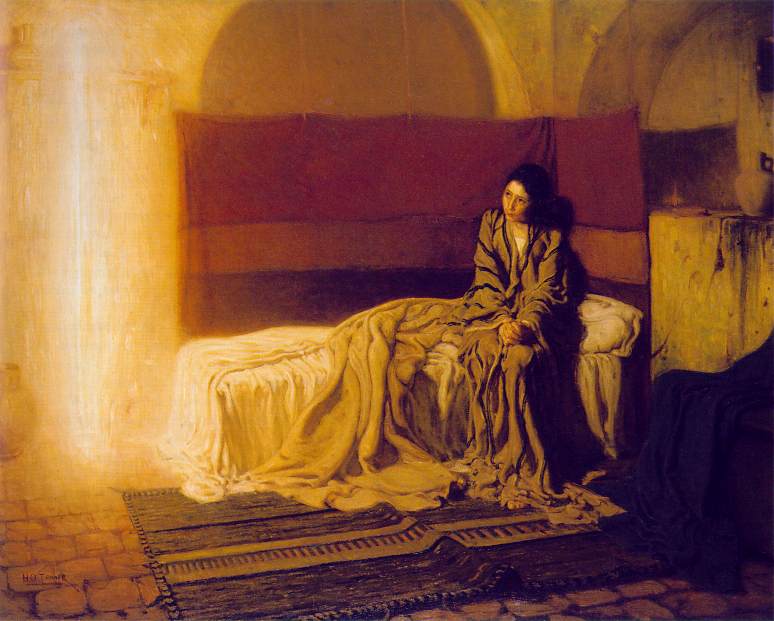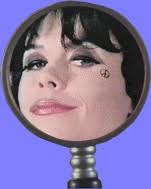I just read over the last post. To paraphrase the words of Jeff Spiccoli, “People on ludes should not write.” I refer more specifically to this sentence:
…It was the plot line where Joey Tribiani fell in love with his then-roommate, Rachel, who, of course, was pregnant by her ex-lover and his good friend Ross’s baby.
Upon review, it is difficult not to notice the discrepancy between what this sentence actually says, as opposed to what I meant for it to say. That sentence, my good friends, is an example of some truly bad writing. Rachel was not really impregnated by two people, neither of whom was the Ross, the baby of her ex-lover. That’s ridiculous and biologically impossible. Thank you to Edie, for pointing this out. You have eyes like a hawk, little lady!
However, as I re-read the original sentence, the more convinced I am that it must stand the way it is, so that you will know that I am human. I make mistakes. Adorable, endearing, harmless, funny mistakes, but errors none the less. It is important that I am not deified, no matter how tempting, or “right”, that may seem to you.

If you want, you can think of me as a lesser saint, or like an angel, maybe, but more of the Clarence from It’s A Wonderful Life kind of angel than, say, Gabriel, who not only foretold the birth of Jesus, but also revealed the Qu’ran to Mohammed, or Michael, who has to fight the devil in Heaven during the Apocalypse. That kind of angeling is just too labor intensive for me. 
This picture is called “The Annuciation”, by Henry Ossawa Tanner. It depicts the angel Gabriel as a beam of light, telling Mary that she is pregnant with Jesus, and that he is the son of God.
I saw this painting in Philadelphia once. It just blew me away. I imagine that the angel is not only telling her the words surrounding the impending birth, but that she is also telepathically receiving the images and feelings of what it will be like to carry and give birth to responsibility, doubt, pain, helplessness and sacrifice. For Mary, there is no choice. Really, I guess it’s the same for many mothers. All she can do is hope for the best and accept that her life will no longer be her own.
There have been many portrayals of the Annunciation by artists much more famous than Tanner, including Boticelli, Rossetti*, and Rubens. They are all beautiful. But none of them show the moment as Tanner does, in such a human and resonant way. Tanner’s Mary is not beatific and diaphonous, wrapped in velvet robes and imbued with a divine glow. She is wan, young, wary and poor. She doesn’t know what to make of the blaze that is Gabriel – is his otherworldy light blinding or warming? Did the news she was receiving marking her as special, unique and worthy, or alien and destined to be alone, misunderstood, and lonely? Hard to tell. When I saw it in the museum, I had to sit down on a bench for a long time. So beautiful. So puzzling. So moving.
Tanner was the first African American artist to get international acclaim. Unfortunately, his fame and skill failed to inure him to the racism rampant in his home country, and he eventually moved to France where he lived as an ex-pat with his opera-singer wife and children. This is from his autobiography, The Story of An Artist’s Life:
I was extremely timid and to be made to feel that I was not wanted, although in a place where I had every right to be, even months afterwards caused me sometimes weeks of pain. Every time any one of these disagreeable incidents came into my mind, my heart sank, and I was anew tortured by the thought of what I had endured, almost as much as the incident itself.
Racism blows. That quote reminds me of that Countee Cullen poem I posted here: https://smalleradventure.com/2011/11/all-the-things-that-fall-in-the-cracks-of-the-couch/
Come to think of it, don’t think of me as an angel at all; think of me as a modern day Serena, Samantha Steven’s hip, sassy, cousin-witch. She’s a self-centered devil-angel, just like me. 
* See next post: The Rossetti Reader
Excited, aren’t you?